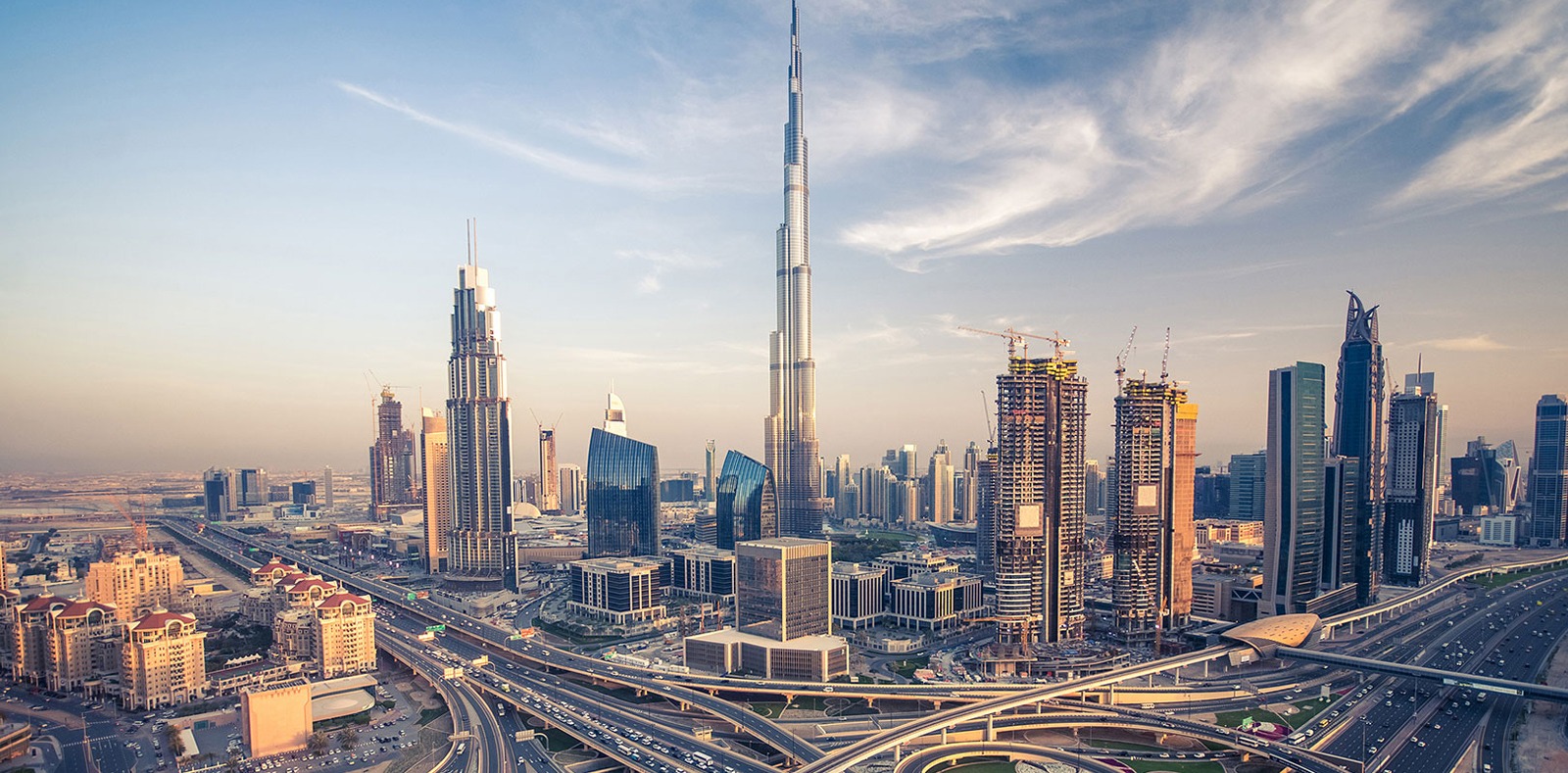IoT Technology: The Future of Smart Building
Green, Opinion Piece

March 8, 2020, 4:28 pm
The concept of smart building implies integrating intelligent technologies to automatically manage building systems. It encompasses various smart technologies that can be incorporated into the building construction and management processes to minimize the negative impact of buildings on the environment and human life throughout their lifespan. Smart buildings tend to moderate the use of resources – energy, water, and materials – by efficiently applying comprehensive design, construction, operation, and maintenance processes and practices. Smart technologies and devices have been integrated to building systems to track building data and adjust building performance in order to achieve high-performance buildings. Digitalisation allowed perceiving, modelling, designing, implementing, monitoring, and assessing various human activities to achieve more sustainable and energy-efficient smart buildings.
Internet of Things (IoT)
Recently, internet of things (IoT) has emerged as the next revolutionary technology for the future generation of smart buildings. The technology uses real-time data to optimise the building design, improve construction processes, and manage building operations in order to limit the environmental impact of buildings and enhance sustainability. IoT was initially applied through controls – such as sensors – to adjust room temperatures, measure electric power, and moderate heating, ventilation, and air condition (HVAC) systems. Later, the technology used automated controls – programmable logic controllers (PLC) – to automatically control the indoor environment of buildings, improve the occupants’ comfort, and save energy. Currently, IoT devices actually track and collect real-time data by connecting systems of interrelated devices with unique identifiers (UIDs) to a network. IoT data allow building managers to make informed decision to efficiently manage the performance of smart buildings and improve their operation. IoT technologies have multiple applications including but not limited to:
Prefabricated and Modular Construction
Currently, building contractors are increasing relying on modular construction companies to prefabricate building sections offsite to be transferred later to the building site. Integrating IoT technologies into the manufacturing processes of prefabricated building parts allows modular construction companies to optimize the manufacturing process, monitor equipment, and adjust the supply of materials. Thus, IoT technology can help them save time, conserve resources, and minimise unnecessary waste (by limiting supply chain inefficiencies), which result in more sustainable construction processes.
Building Information Models (BIM)
These 3D models use IoT technology to manage real-life building construction processes. Professionals in the building industry (architects, engineers, etc.) use BIMs to efficiently plan, design, and construct buildings. They also employ these models to manage buildings operations using the occupants use data and patterns detected by IoT devices. BIMs increase collaboration among stakeholders at the early design stages of building projects. They can be used for scheduling, estimating, sustainability assessment, and operations management. The appropriate application of these 3D models also help to simplify the construction processes, identify issues, and avoid costly last-minute solutions.
Smart Façades
Building envelopes significantly affect the energy performance of buildings as they represent the boundary between the controlled interior environment and continuously changing outdoors conditions. Smart Façades incorporate the technological advancements in both IoT technology and material science to control the indoor building environment and save energy. They optimize the amount of solar energy penetrates through the building envelope and control heat gain (in summer) / heat loss (in winter), which helps minimizing loads on HVAC systems and reducing the amount of GHG emitted by these systems. Additionally, smart Façades adjust the amount of natural light passing through glazing to avoid the excessive use of artificial lighting.
Smart Lighting Systems
Smart lighting systems rely on IoT technology to manage light sensors. The data collected by IoT devises allows the smart lighting systems determine the optimal use of lighting and control the level of luminosity needed for different parts of the building at specific times of the day. Installing smart lighting systems allow building managers cut energy consumption, improve energy use patterns, lower operation cost, and reduce greenhouse gas (GHG) emissions.
Smart Elevators
Smart elevators (also known as internet-connected elevators) are mostly installed in high-rise commercial buildings – such as office buildings and hotels – that experience high elevator traffic during specific times of the day. Such elevators systems use the IoT data to program elevators, change their routes, and adjust their operations to efficiently and safely transport elevator riders with the least number of stops. Programming the elevators to operate differently based on the occupants use patterns helps building managers save energy and reduce operation cost.
In summary, the IoT applications discussed above shows how new technologies and innovations are shaping the future of the building industry; they are changing the planning, design, construction, and management practices of future buildings. IoT technology helps improve the sustainability and energy efficiency of buildings by creating smarter buildings that can monitor the use patterns of building systems to optimize their operation. Recent research studies in the field indicate that smart buildings with IoT integrated technology consume 25% less energy than conventional buildings. The applications of this technology is rapidly expanding to create more sustainable cities with smart roads and smart grids. However, the issue of cyber security remains the major concern when using such technologies, as all the system devices are connected to a single control network. Hacking the network can cause disturbances to the system settings and lead to critical information breaches. Measures must be taken to avoid any possible disturbance and prevent security breaches, as the future of sustainability using IoT technologies seems promising.










